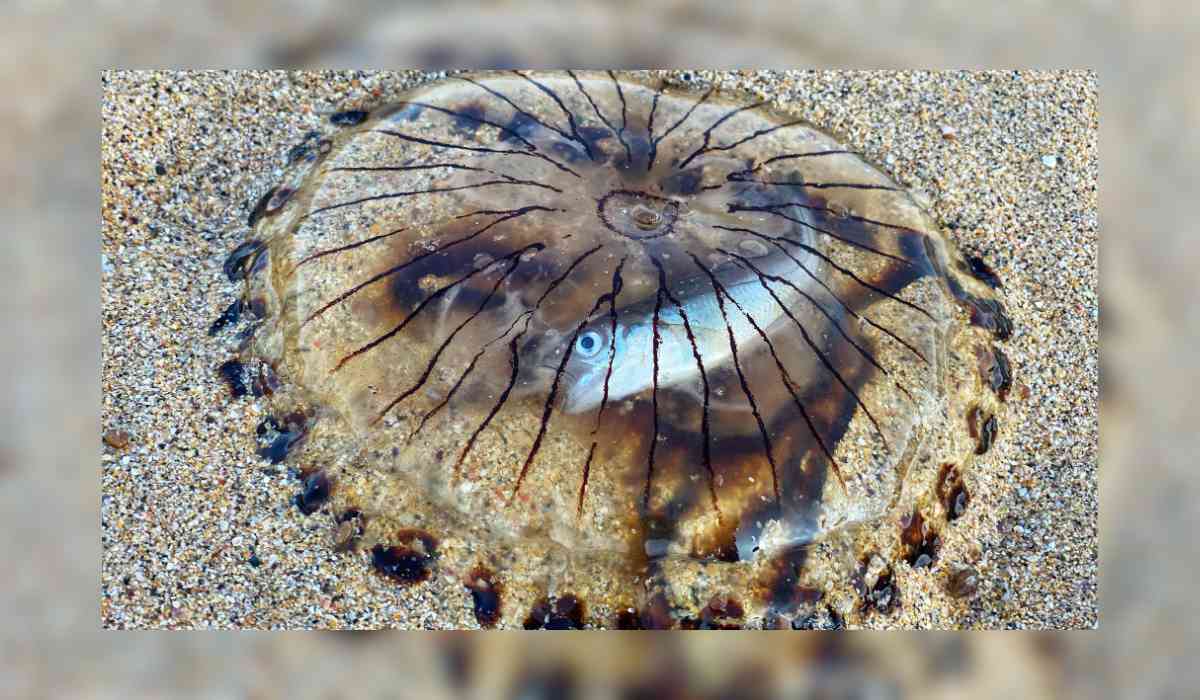Jellyfish are making quite a splash along the UK's shores, with a 32% surge in sightings over the past year, as reported by the Marine Conservation Society. While the enormous barrel jellyfish take the lead in sightings, some rare warm-water crystal jellyfish have also graced our waters.
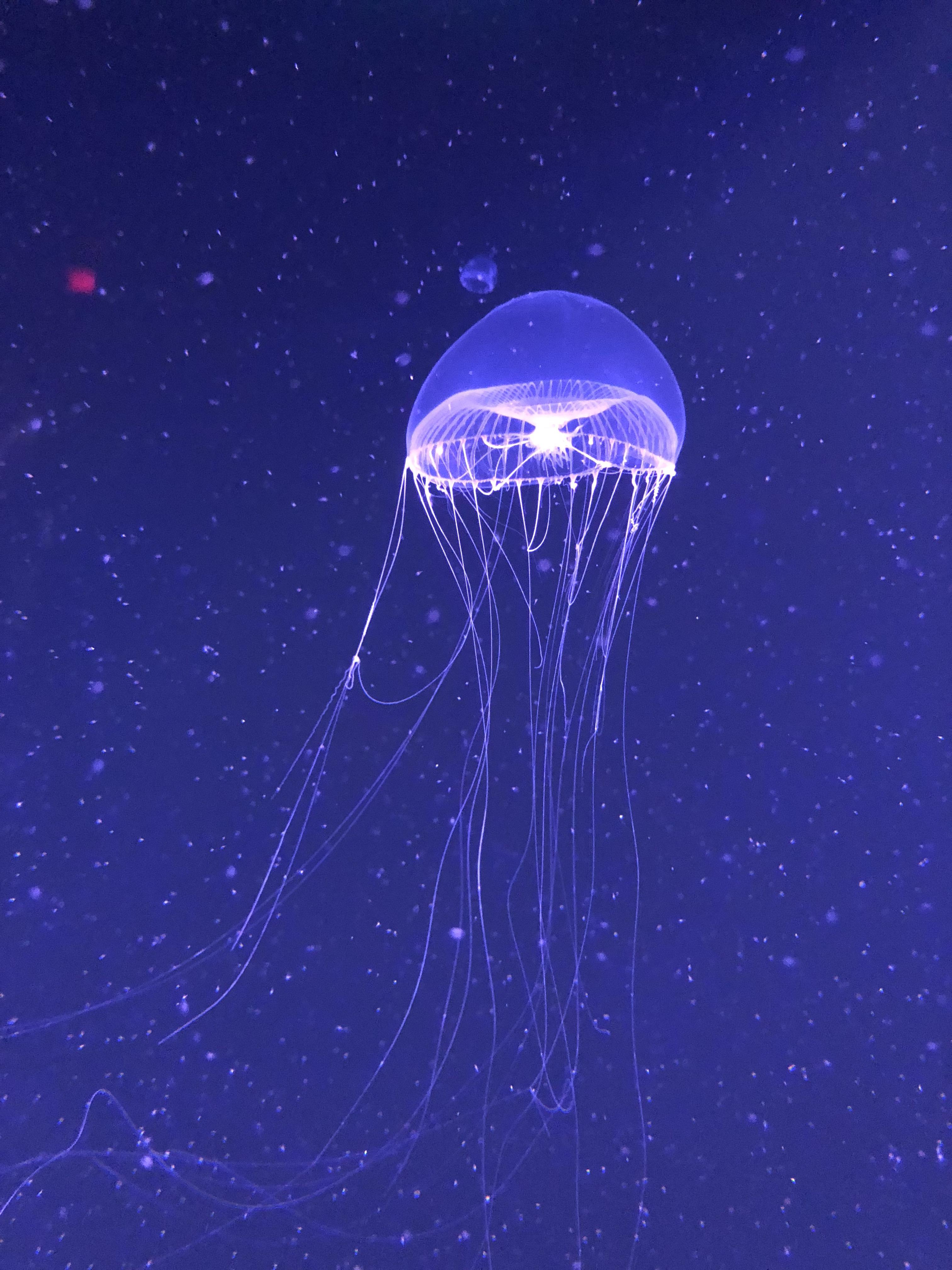
This surge in jellyfish populations is linked to the changing climate, as the warming UK seas provide favourable conditions for their proliferation. In June, a marine heatwave pushed UK water temperatures up by approximately 3-4 degrees Celsius, contributing to this phenomenon.
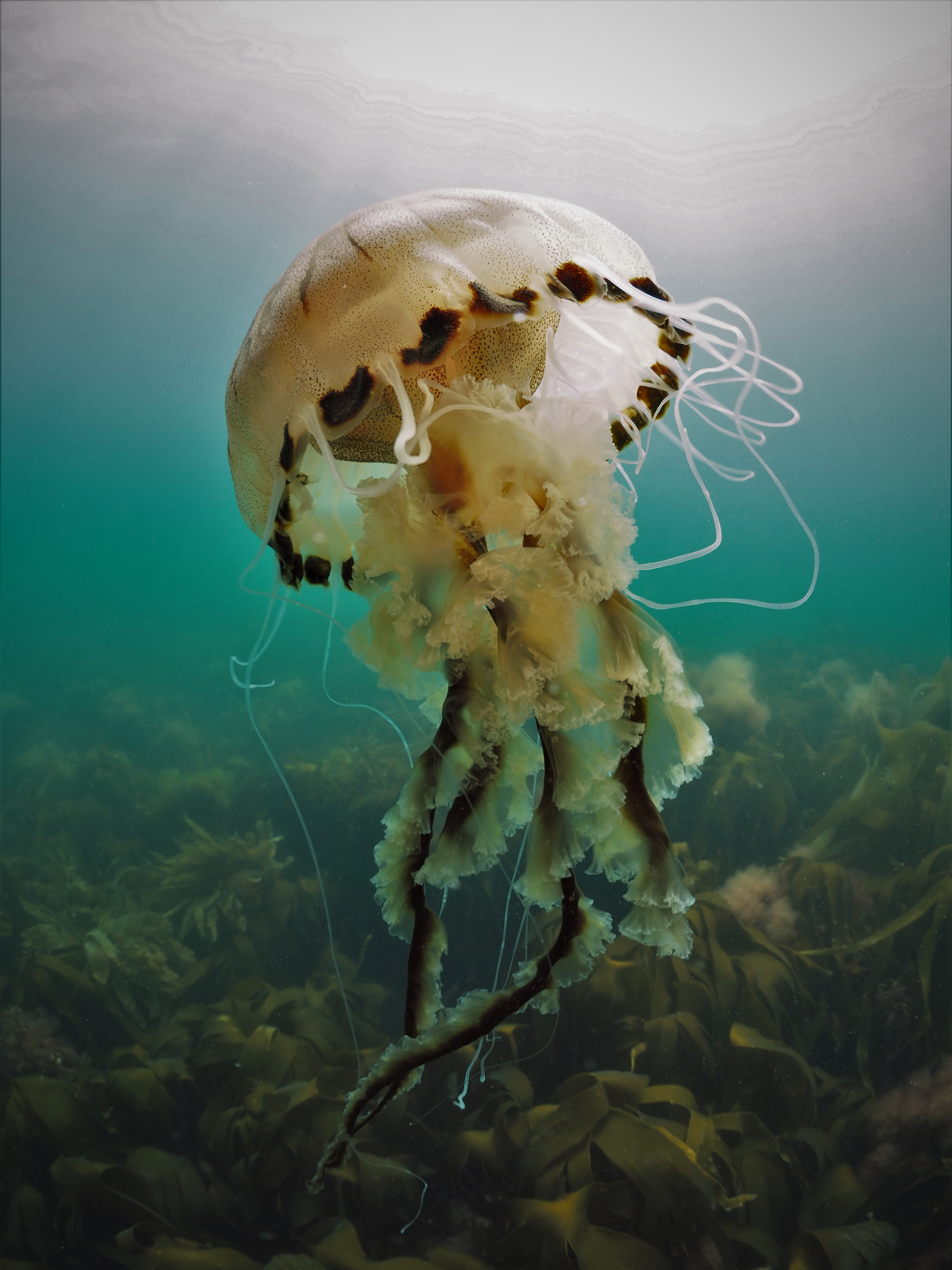
The world is experiencing a concerning temperature rise, with a 1.1-degree Celsius increase compared to pre-industrial times, setting off alarm bells among scientists. Oceans reached a record-breaking global average temperature in August, underlining the severity of the situation.
The annual wildlife-sightings report by the Marine Conservation Society relies on public contributions through an online form or app. From October 2022 to September 2023, jellyfish sightings shot up by 32% compared to the previous year. Most sightings occurred along the UK's western coasts, particularly in Cornwall and Wales, with 11% of observations reporting large blooms of over 100 jellyfish.
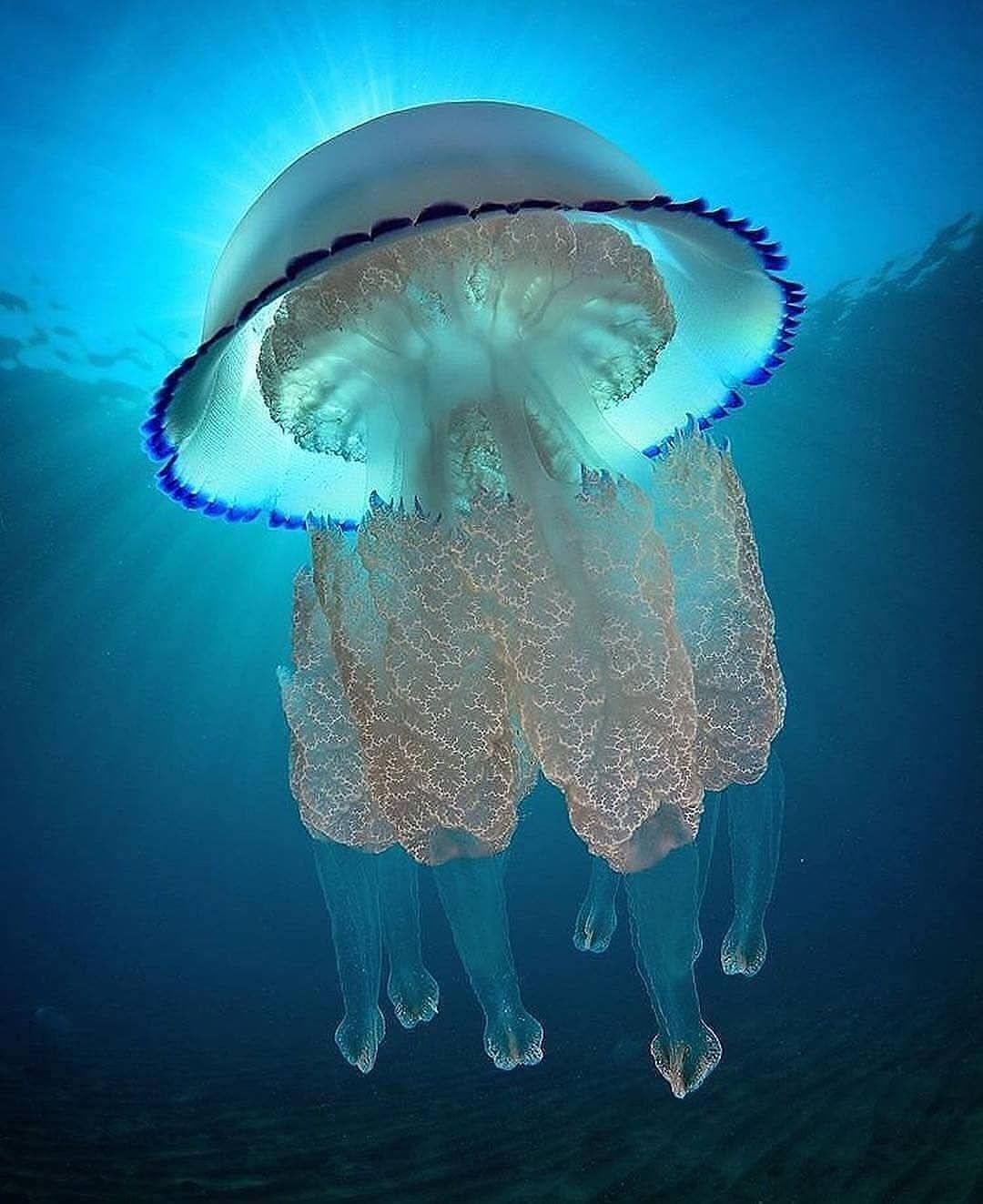
The barrel jellyfish, known for its "dustbin-lid" size, with frilled arms instead of tentacles, took the spotlight with 467 sightings. Other species, including the lion's mane, Portuguese man o' war, moon, and compass jellyfish, also made appearances.
The public has been contributing to jellyfish sightings for two decades, shedding light on this natural ebb and flow. Dr. Peter Richardson of the Marine Conservation Society notes that this survey provides a glimpse into the impact of climate change on our seas.

Dr Abigail McQuatters-Gollop, a plankton expert at the University of Plymouth, confirms an abundance of jellyfish this year. She encountered an unprecedented number of jellyfish during her daily dives in August, including the typically warmer-water crystal jellyfish.
The warmer waters created by the June heatwave seem to have provided a welcoming environment for these creatures. This could indicate a trend towards the "tropicalization of the oceans" as water temperatures rise.
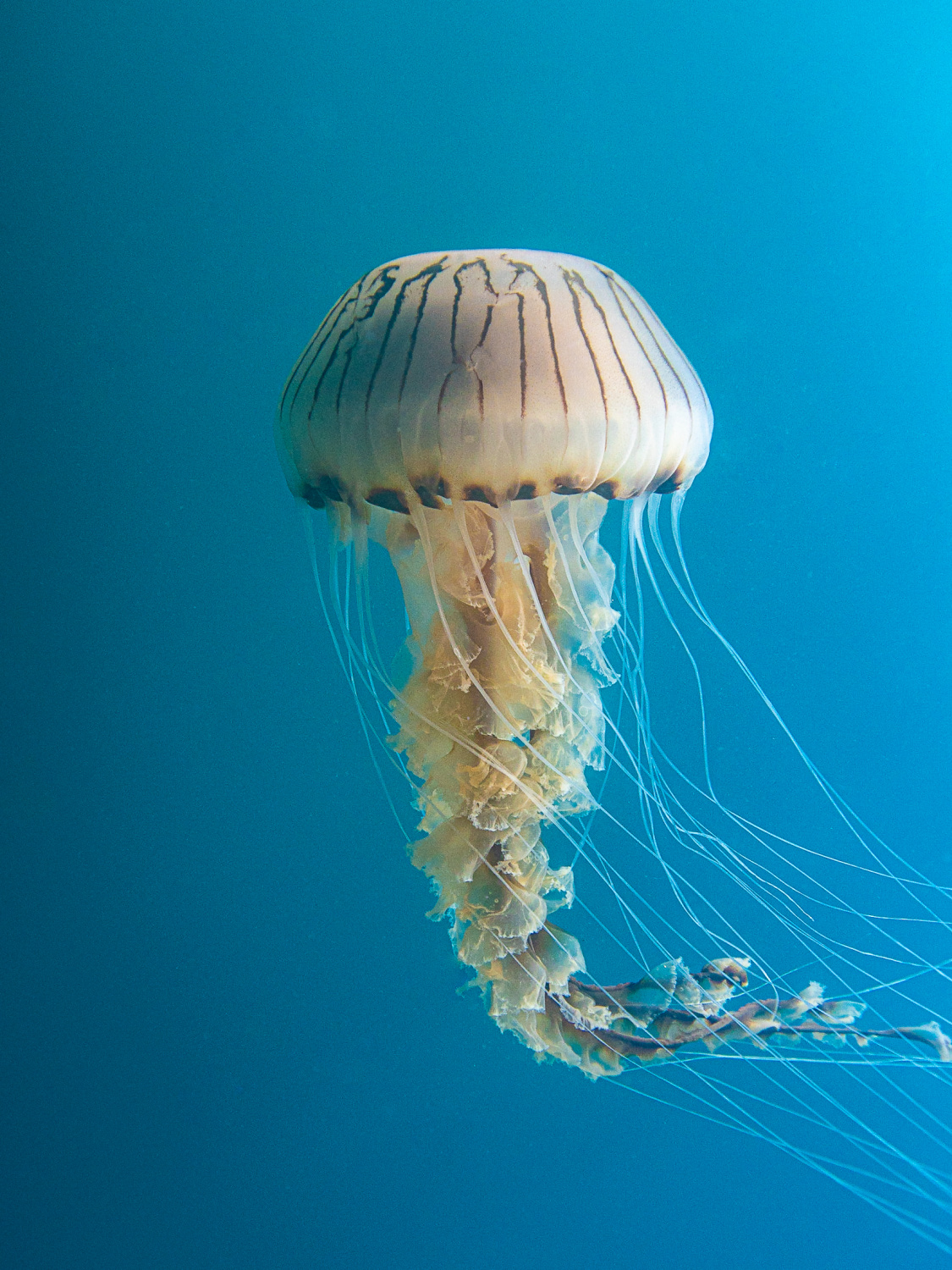
Scientists anticipate a northward shift in the range of many marine species as waters warm. However, it remains unclear if the high jellyfish numbers this summer are part of a longer-term natural cycle or tied to the marine heatwaves, necessitating further research.
In the long run, the warming seas are poised to reshape the UK's fish stocks, affecting the food supply for species like cod. The survey by the Marine Conservation Society also noted 12 turtle sightings, with four of them being the majestic leatherback, the largest sea turtle.
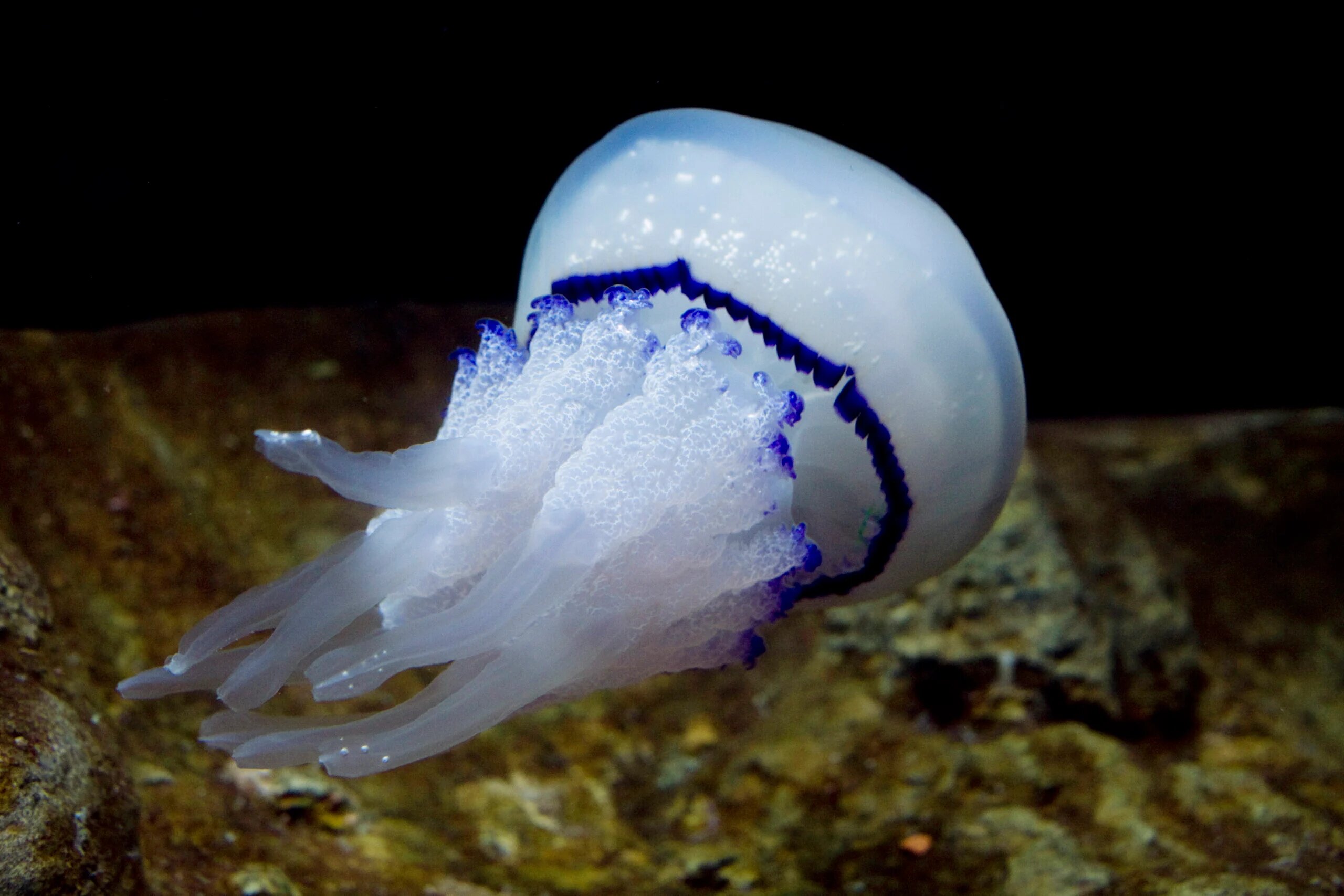
If you encounter a jellyfish or a turtle on the beach, remember not to touch them. Jellyfish can deliver painful stings, and sea turtles may suffer from cold-water shock if returned to the sea when found stranded on the shore. You can identify and report these sightings to the Marine Conservation Society online, contributing to the understanding of our changing marine ecosystems.
© Copyright 2023. All Rights Reserved Powered by Vygr Media.

